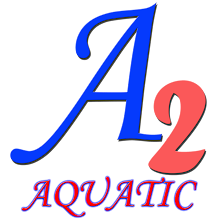 A continuation of the Water Adventure Experience. My students (in the picture) had successfully completed their elementary and intermediate levels. Equipped with the confidence, they have decided to embark on a higher level of swimming which is the Survival Swimming Course. This course is commonly known as the NASSA Awards. It consists of Bronze, Silver, Gold and GoldStar awards.
A continuation of the Water Adventure Experience. My students (in the picture) had successfully completed their elementary and intermediate levels. Equipped with the confidence, they have decided to embark on a higher level of swimming which is the Survival Swimming Course. This course is commonly known as the NASSA Awards. It consists of Bronze, Silver, Gold and GoldStar awards.
This is where they will hone their swimming skills further in the different NASSA elements. The different elements are listed below:
"Speed swimming".
"Drown Proofing".
"Treading water with one hand".
"Undress and make float with attire".
"Surface dives and submerged swimming".
"Distance swimming using different swimming strokes".
"Climb out of swimming pool with no aid required".
"Drown Proofing".
"Treading water with one hand".
"Undress and make float with attire".
"Surface dives and submerged swimming".
"Distance swimming using different swimming strokes".
"Climb out of swimming pool with no aid required".
Although the elements are quite similar to the Intermediate levels, students are trained to perform them for a longer period of time thereby increasing their survival skills. With this, ends the WAE and a new journey embarks through Lifesaving.







